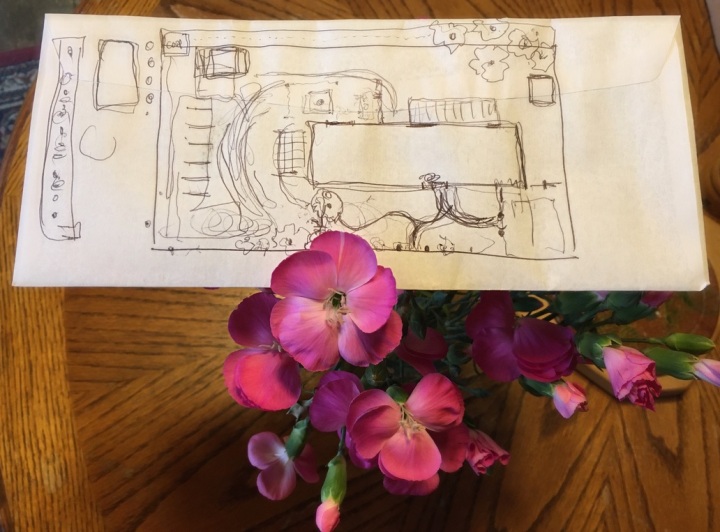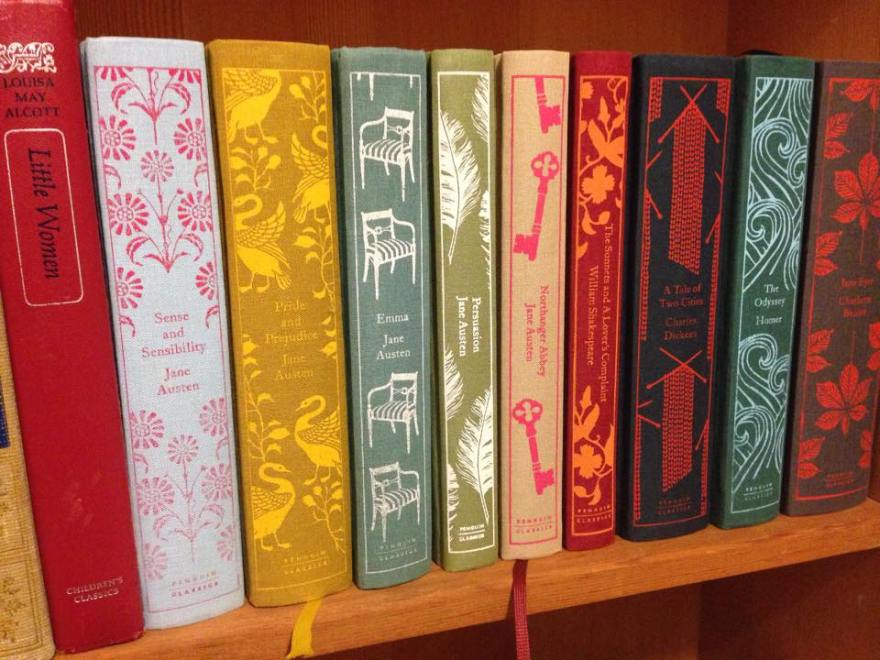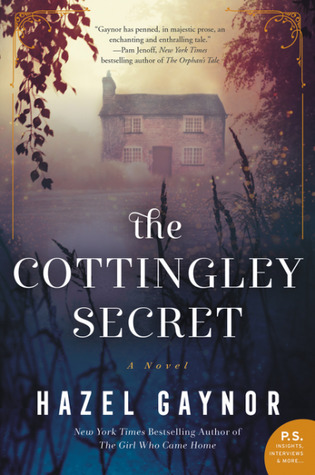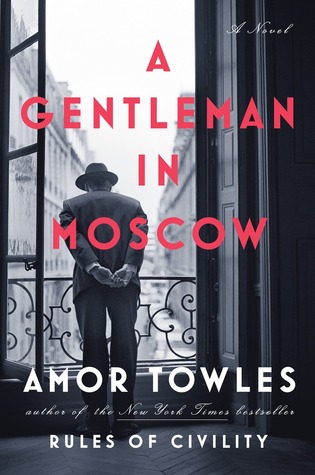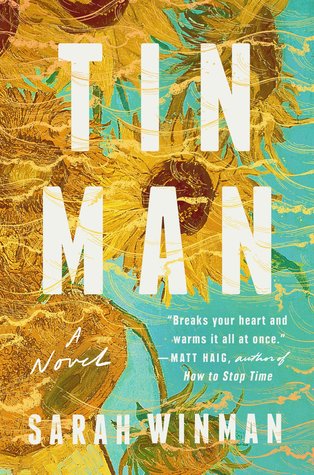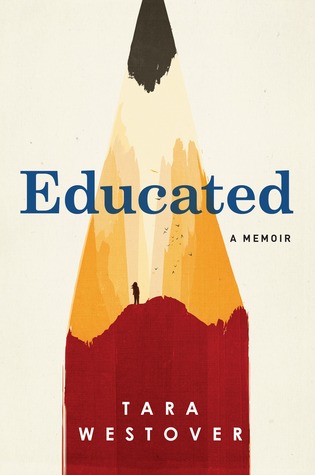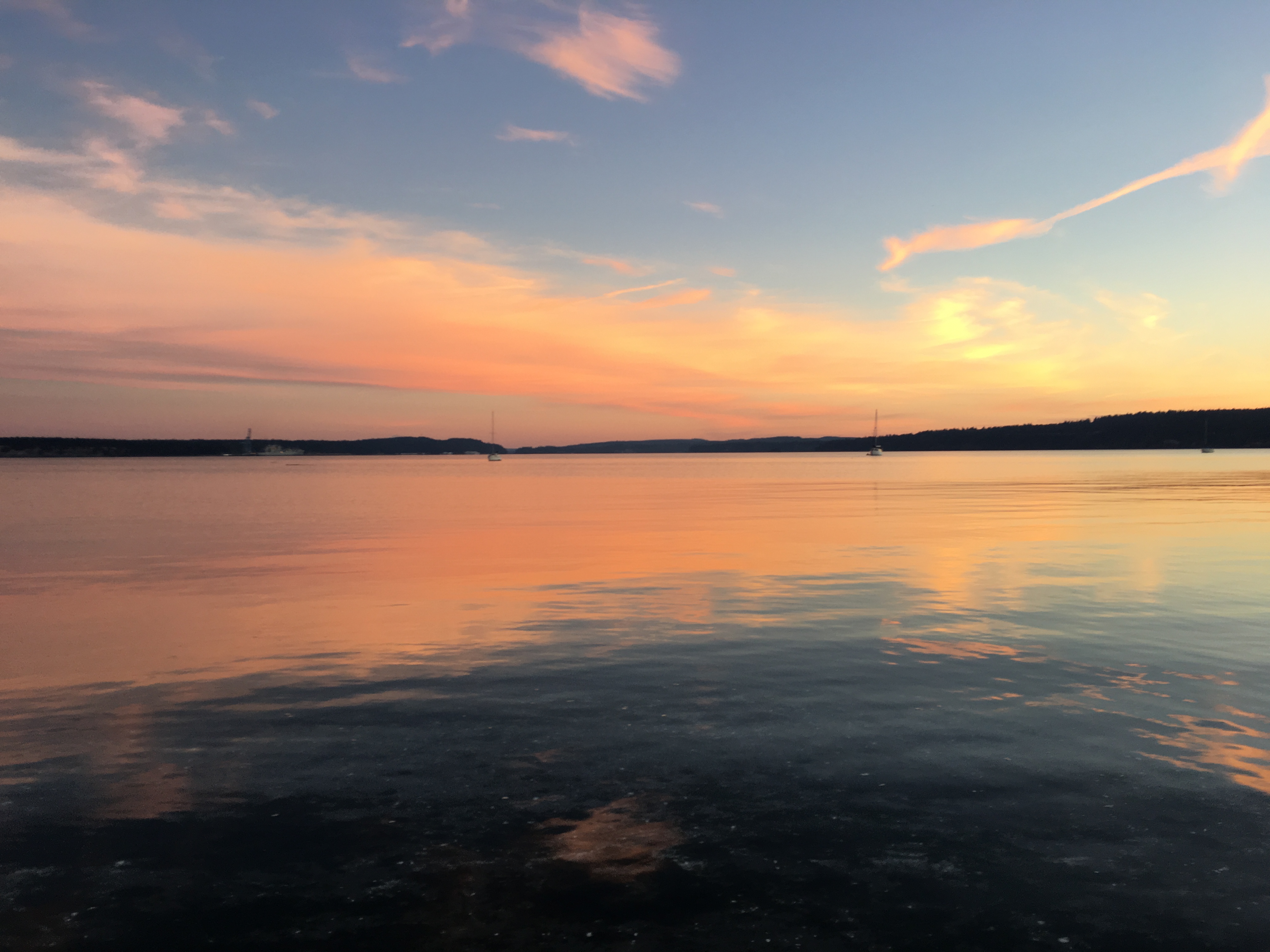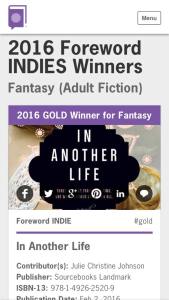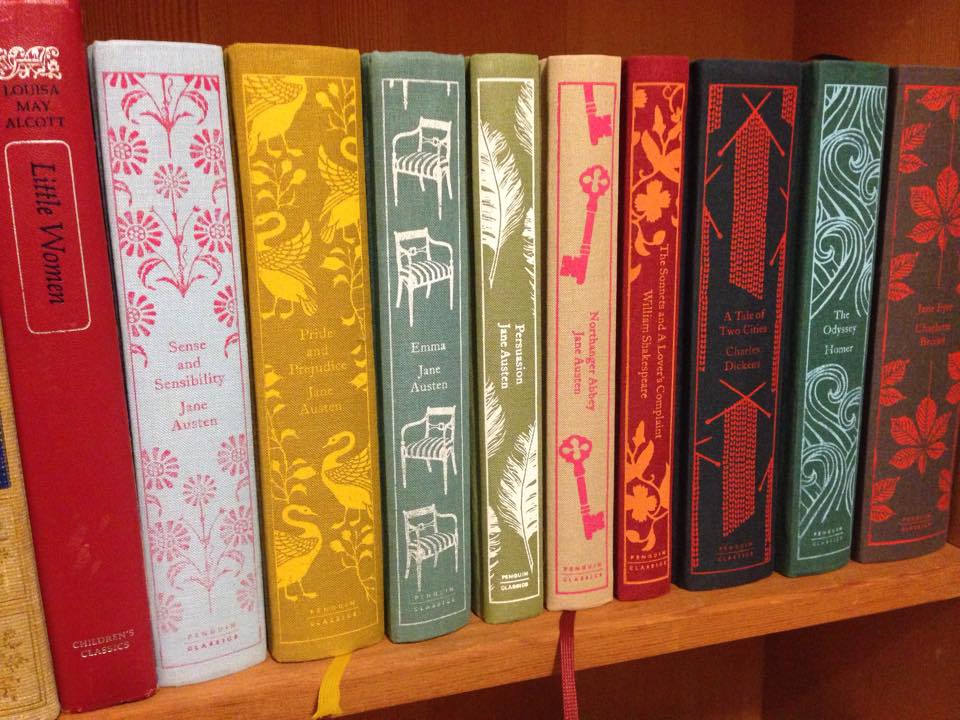Desiderata (things desired): An monthly occasional review of books recently read
On March 12, I collected a short stack of books — four novels and a memoir — from my holds queue at the library. The next morning, Friday the 13th, I heard the announcement: the library was shutting its doors due the pandemic. I felt my first real shiver of fear. The libraries are closing . . . all is lost.
Verdict still out on the all is lost possibility, but 104 days after that sinking feeling, I pulled into the parking lot of the library and a begloved, bemasked and beaming — I could see it in her eyes — librarian delivered another, much taller, stack of books to the backseat of my car. The library is still closed to browsing, but in late June, after checking in 26,000 volumes that had been out during the months that even returns weren’t accepted, it began offering curbside delivery. Those of us who cannot abide e-readers wept literal, literary tears.
A special shout-out of love and gratitude to librarians, here and everywhere. You do angels’ work. Thank you.
That stack of five lasted longer than I would have anticipated. By late March, I found it hard to focus on anything (the move had a lot to do with that) and early April pandemic anxiety snatched my attention span. But I eventually prised it back and settled down. Once I’d depleted the library books, I got by with a little help from my friends, who loaned out some treasures. I turned to my own shelves, reading a handful I’d just never made time for, and re-reading a few favorites that brought comfort (Jane Austen, JK Rowling) and a gasp of (re)discovery (Colm Tóibín, Kate Atkinson, poetry from Sam Green and Sharon Olds). All told, I read twenty books during the pandemic closure of the library.
Here are the best of the bunch, presented as snippets of my longer reviews:

Long Bright River by Liz Moore
Long Bright River is stunning. Billed as a thriller, it transcends genres. The author’s keen empathy for and understanding of her characters and their Philadelphia neighborhood elevate this novel to a multidimensional and heartbreaking examination of a national epidemic and an intimate portrait of a family in crisis. It’s a rich, dark, deep drama, intense with secrets and emotional traumas, atmospheric in setting, crushingly apt in storyline, and damn if I haven’t just found a new author to love.

The Blackwater Lightship by Colm Tóibín
The Blackwater Lightship was my introduction to the work of Colm Tóibín, nearly twenty years ago. I’ve held onto this book since first reading it in 2002, through moves local and trans-Pacific when hundreds of other books were given away, knowing it was too special to me as a reader, and eventually a writer, to let go. After all these years, I was left with only vague memories of awe and sadness, poignancy and softness.
What a book to read now. How prophetic, sublime, and sad. Set in the early 1990’s, The Blackwater Lightship takes place over a few days at a remote seaside home outside Wexford, Ireland. Helen Breen, her estranged mother, Lily, and her grandmother set aside their hurts and complications to welcome Helen’s beloved brother, Declan, who is dying of AIDS. It is timeless in its examination of families, how they can hurt and heal, of an Ireland that exists today no matter how modern and fast it soared. Tóibín writes with such grace and tenderness. His quiets are all the more powerful and resonant for what he leaves out, and trusts the reader to intuit on her own.

An Angel at My Table: The Complete Autobiography by Janet Frame
Oh, this was glorious. Raw, vulnerable, sweet, tender. The simple facts of a sad and wonderful life presented in the most humble and matter-of-fact manner that is both heartbreaking and endearing. Janet Frame, born in rural New Zealand just before the Great Depression, was raised in a family that barely held poverty at bay; a working class Dad and a worked-to-bone Mum who wrote poetry in the spare seconds of her day. There were times of great joy and times of unimaginable grief. Janet, an unattractive kid with a bristle of red hair and a mouth full of rotten teeth, shy and preternaturally smart, made it through college and was in training to become a teacher when she attempted suicide. She was sent to a mental hospital, diagnosed as schizophrenic, and received – in eight years of incarceration – over 200 electroshock treatments.
An Angel at My Table, originally published as three separate volumes, travels through Janet’s childhood, young adulthood, and blossoming as a writer. I wrapped my arms around this book and cried when it ended. It will remain one of the defining points of my pandemic experience, that strange and beautiful time I read Janet Frame’s autobiography and felt closer to myself, and the world, as a result.

Mink River shimmers in the moonlight glow of lore and possibility, in a place that seems to be on the very edge of the world, of reality, even, sometimes, of hope. Doyle presents a hardscrabble logging and fishing village slumping off Oregon’s Coastal Range into the Pacific Ocean. It is a wet and whispery place, settled thousands of years ago by indigenous tribes who knew Paradise when it filled their bellies and souls. Now, remnants of those tribes still live in the fictional town of Neawanaka, carving stories into wood, into their children, into the forests and creatures which stand watch over its myriad inhabitants.
There. I’ll be back on the regular with more reviews. Several treasures to share from those I received a couple of weeks ago. At the moment, I’m reading The End of October by Lawrence Wright. Published in April of this year, it “imagines a global pandemic in which an unfamiliar virus works its way around the world, leaving economic meltdown, conspiracy theories, and mass death in its wake.” from Sophie Gilbert’s review in The Atlantic, May 13, 2020. It’s a clunky but addictive medical thriller that is creepily prescient. Wright is a staff writer at The New Yorker and better known for his creative non-fiction books. The facts about viruses and past pandemics he presents in rambling expository dialogue are oddly comforting at a time when facts are so hard to come by. We will get through this thing. I hope.
